Table of Contents
The UNESCO Sites in Belgium have resulted from the recognition of 15 cultural and natural landmarks as UNESCO World Heritage Sites in Belgium and 16 locations on the Belgium UNESCO tentative list. These touristic sites in Belgium are acknowledged for their unique and valuable cultural, natural, artistic, and historic significance, and are preserved for future generations to enjoy.
In addition to these 15 sites in the Belgium UNESCO list, there are many other places to travel to Belgium that are being considered for UNESCO recognition. These sites, listed on the tentative list, showcase the rich cultural heritage of the country and are waiting for approval to join the prestigious and famous World Heritage Sites list.
To help visitors discover these remarkable Belgium tourist attractions, we have put together an interactive map of the UNESCO sites in Belgium .
Belgium UNESCO Map
Click markers to show information and photo.
World Heritage Sites in Belgium
UNESCO World Heritage Sites in Belgium
There are 15 UNESCO World Heritage Sites in Belgium. All of these three sites are listed under the Cultural category.
- Belfries of Belgium and France
- Colonies of Benevolence
- Flemish Béguinages
- Historic Centre of Brugge
- La Grand-Place, Brussels
- Major Mining Sites of Wallonia
- Major Town Houses of the Architect Victor Horta
- Neolithic Flint Mines at Spiennes
- Notre-Dame Cathedral in Tournai
- Plantin-Moretus House-Workshops-Museum Complex
- Stoclet House
- The Architectural Work of Le Corbusier, an Outstanding Contribution to the Modern Movement
- The Four Lifts on the Canal du Centre and their Environs, La Louvière and Le Roeulx
- The Great Spa Towns of Europe
- Ancient and Primeval Beech Forests of the Carpathians and Other Regions of Europe
UNESCO World Heritage Sites in Belgium are protected locations for their cultural and natural importance.
Belfries of Belgium and France
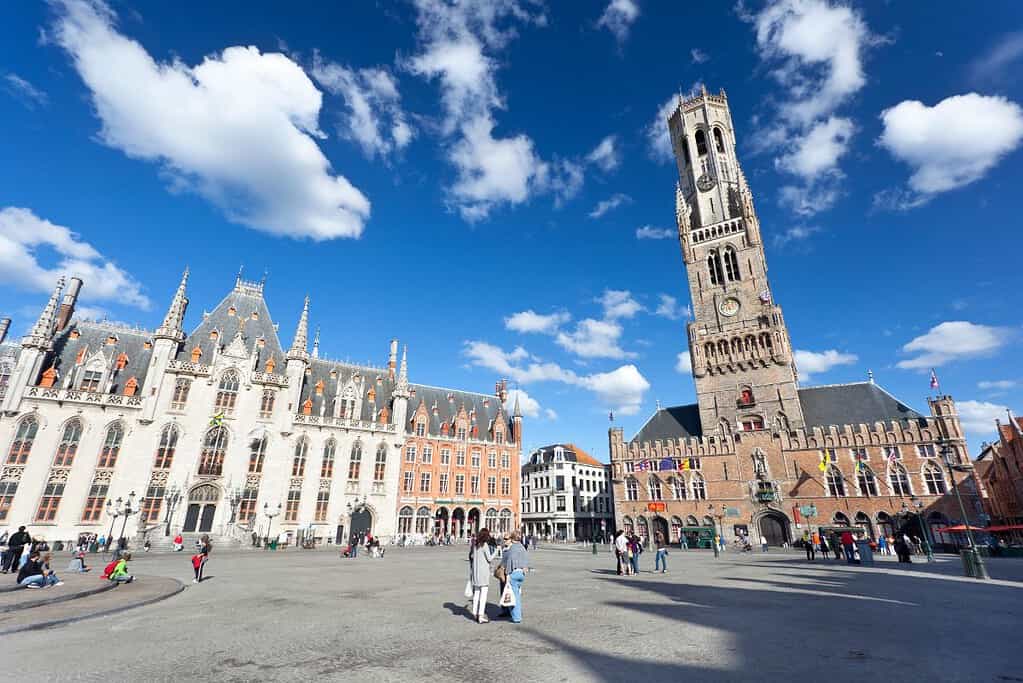
The Belfries of Belgium and France is a collection of 56 historical towers. These belfries were built in the Middle Ages as part of civic and religious buildings and were used to house bells that were rung to signal essential events.
Colonies of Benevolence
The Colonies of Benevolence are a group of five historic sites in Belgium and the Netherlands designated as a UNESCO World Heritage Site in 2018. The Dutch-Belgian Society of Benevolence established these colonies in the 19th century to provide relief for the poor and unemployed, particularly in urban areas. The colonies offered work and education to their inhabitants, focusing on agricultural activities. Today, the colonies serve as a testament to the innovative social welfare policies of the time and offer insight into the lives of the people there.
Flemish Béguinages
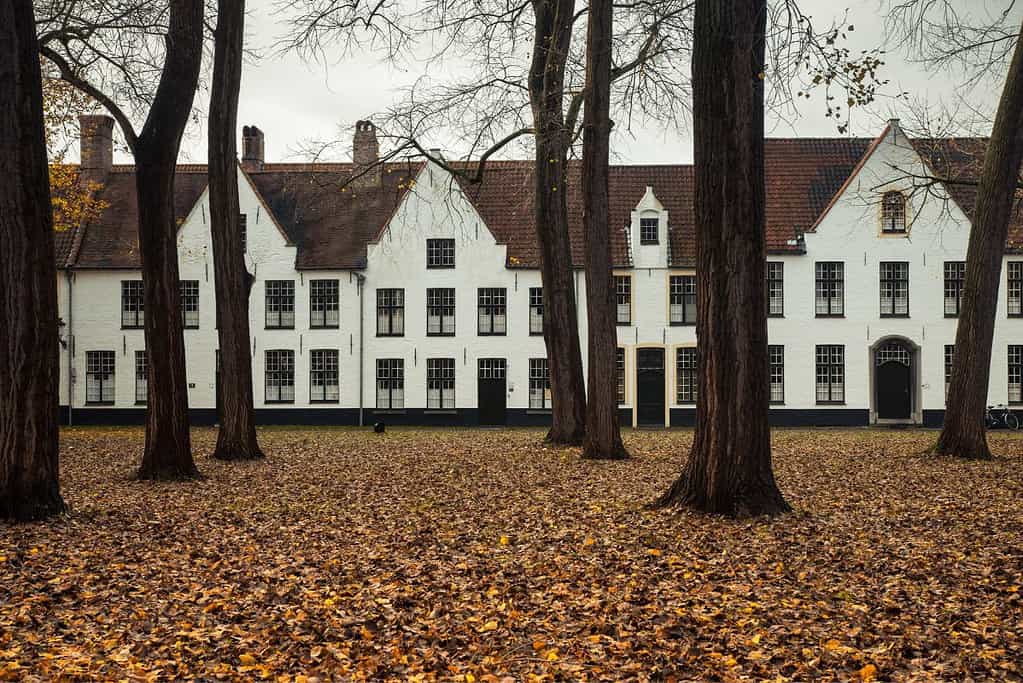
The Flemish Béguinages are a group of 13 historic sites in Belgium designated as UNESCO World Heritage Sites. These sites were established in the 13th century as places for women to live religiously without taking formal vows. They represent a unique form of urban architecture and social organization. The Béguinages feature charming houses, churches, and communal green spaces designed to provide a peaceful and contemplative environment for their residents. Today, the Béguinages are still inhabited by single women and have become a popular destination for tourists interested in history and architecture.
Historic Centre of Brugge
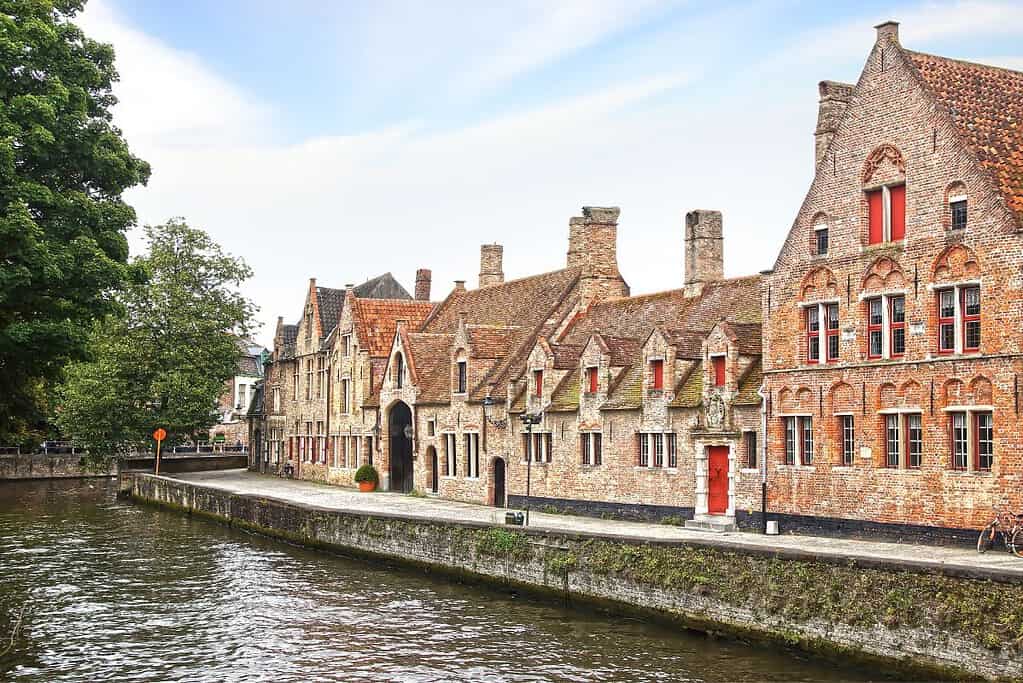
The Historic Centre of Brugge is a UNESCO World Heritage Site in Bruges, Belgium. It is known for its well-preserved medieval architecture and rich cultural history. The site includes numerous landmarks, such as the Belfry of Bruges, the Church of Our Lady, and the Basilica of the Holy Blood. The city’s historic center is also home to numerous museums, art galleries, and other cultural attractions, making it a popular destination for tourists worldwide. Overall, the Historic Centre of Brugge is considered one of Europe’s most beautiful and well-preserved medieval cities.
La Grand-Place, Brussels
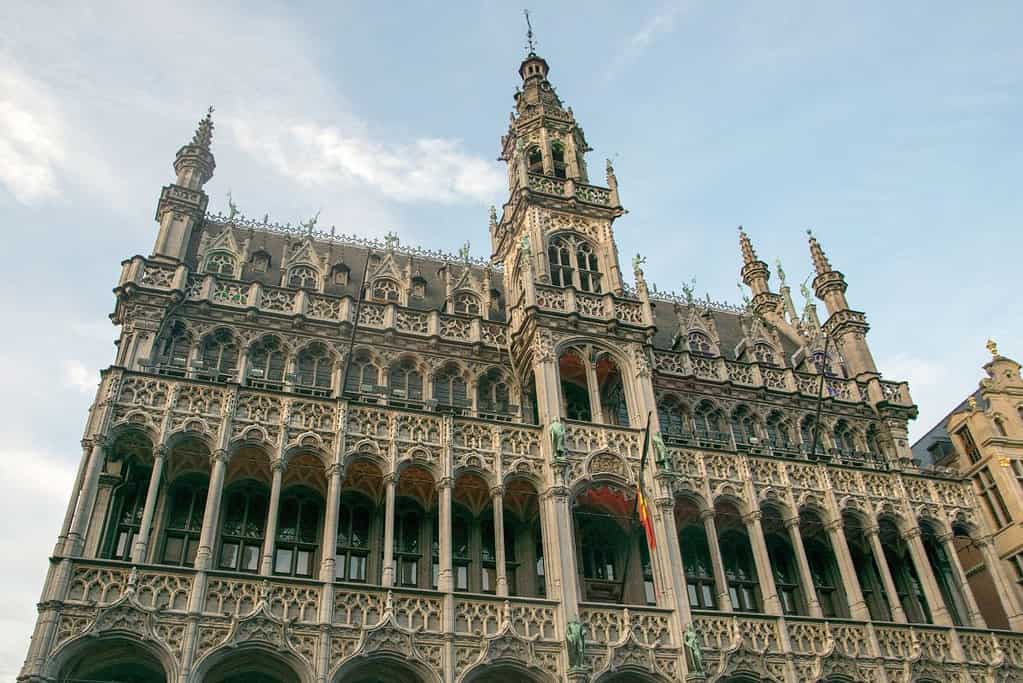
La Grand-Place, located in the heart of Brussels, is a UNESCO World Heritage Site renowned for its stunning architecture and rich history. The square has been a hub of activity for centuries, serving as a marketplace, political center, and cultural gathering place. It is surrounded by exquisite guildhalls, opulent civic buildings, and the iconic Gothic-style Brussels City Hall, which dates back to the early 15th century. The intricate detailing and harmonious blend of architectural styles make La Grand-Place one of Europe’s most beautiful and significant landmarks.
Major Mining Sites of Wallonia
The Major Mining Sites of Wallonia is a UNESCO World Heritage Site located in the French-speaking region of Wallonia, Belgium. The site comprises four mining sites that date back to the 19th and early 20th centuries, which played a significant role in the industrial revolution in Europe. These sites showcase the technological advancements and innovations in coal mining during that era and the social and economic impact that mining had on the region. The four sites are the Grand-Hornu, Bois-du-Luc, Bois du Cazier, and Blegny Mine. Today, they are important cultural and historical landmarks that offer visitors a glimpse into Belgium’s industrial past.
Major Town Houses of the Architect Victor Horta
The Major Town Houses of the Architect Victor Horta are a group of four townhouses located in Brussels, Belgium, designed by the renowned Belgian architect Victor Horta in the late 19th and early 20th centuries. These townhouses are exceptional examples of Art Nouveau architecture and are recognized as UNESCO World Heritage Sites. The buildings showcase Horta’s innovative approach to architectural design, characterized by curved lines, natural light, and an intricate interplay of iron, glass, and stone. The townhouses are also notable for their use of innovative materials, including cast iron, steel, and glass, which were incorporated in a way that revolutionized the traditional building techniques of the time. Today, these houses remain an essential symbol of the Art Nouveau movement and a testament to the creative vision of one of Belgium’s most famous architects.
Neolithic Flint Mines at Spiennes
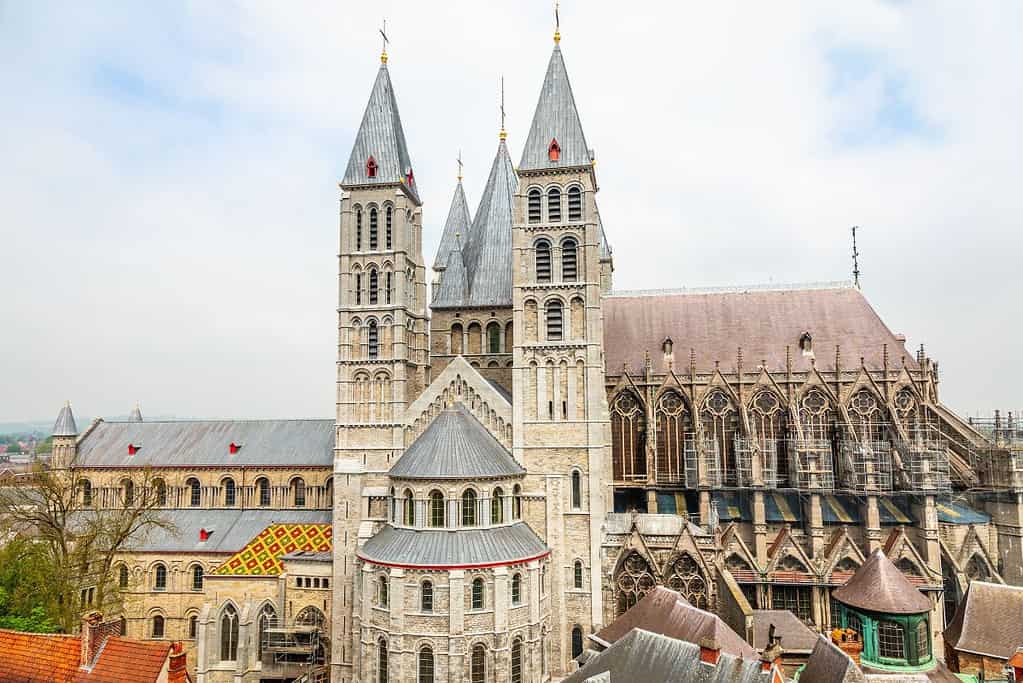
The Neolithic Flint Mines at Spiennes is a UNESCO World Heritage Site in Belgium. They are an exceptional example of early mining activity, dating back to the 4th millennium BCE. The mines consist of large underground chambers and a complex network of galleries used to extract flint, an essential material for producing stone tools. The site is remarkable for the sheer scale of the mining operation and the sophistication of the techniques used by the Neolithic miners. The flint from Spiennes was traded throughout Europe and played an important role in developing early human societies. Today, the site offers a unique glimpse into the technological achievements of our distant ancestors.
Notre-Dame Cathedral in Tournai
The Notre Dame Cathedral in Tournai, located in Belgium, is a UNESCO World Heritage Site. This majestic cathedral is an outstanding example of Romanesque architecture and is recognized as one of Europe’s most impressive religious structures. Built-in the 12th century, the cathedral features five grand towers, an ornate interior, and impressive collections of art and artifacts. Its significance and beauty have earned it a spot on the UNESCO World Heritage List, ensuring its protection and preservation for future generations.
Plantin-Moretus House-Workshops-Museum Complex
The Plantin-Moretus House-Workshops-Museum Complex is a UNESCO World Heritage Site located in Antwerp, Belgium. It was once the residence and printing workshop of Christophe Plantin, a prominent Renaissance printer and publisher, and his family. The complex is one of the few remaining examples of an early modern printing and publishing house, and it contains a vast collection of printing equipment, tools, manuscripts, and books. Visitors can tour the house and workshops to see firsthand how printing was done in the 16th and 17th centuries. The museum also showcases some of the most beautiful and rare books ever printed, including an original Gutenberg Bible and the Polyglot Bible, a multilingual Bible printed in the 16th century.
Stoclet House
The Stoclet House is a UNESCO World Heritage Site located in Brussels, Belgium. It is a prime example of the Art Nouveau style of architecture and was designed by Austrian architect Josef Hoffmann in collaboration with Belgian artist Gustav Klimt. The house was built between 1905 and 1911 and is known for its intricate ornamentation, including mosaics, stained glass, and sculptural friezes. The Stoclet House is considered one of the most important and refined examples of Art Nouveau in the world, and is a testament to the creative and innovative spirit of the early 20th century.
The Architectural Work of Le Corbusier, an Outstanding Contribution to the Modern Movement
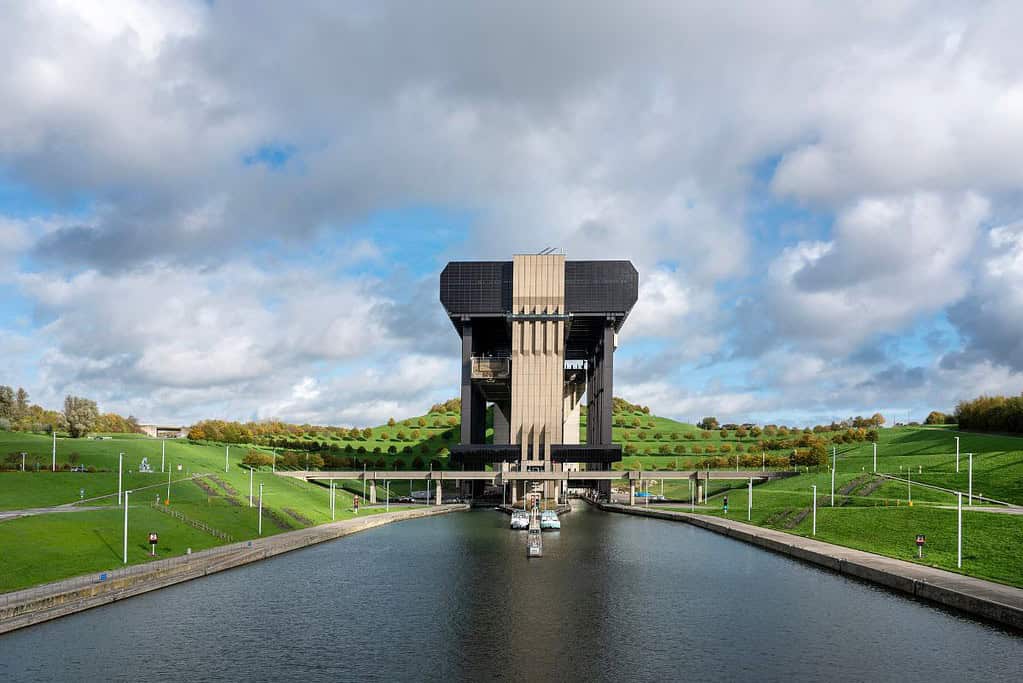
The Architectural Work of Le Corbusier, an Outstanding Contribution to the Modern Movement is a collection of 17 buildings designed by the famous Swiss-French architect Le Corbusier, spread across 7 countries. This UNESCO World Heritage Site was inscribed in 2016 and includes some of Le Corbusier’s most iconic works, such as the Villa Savoye in France, the National Museum of Western Art in Japan, and the Unité d’Habitation in France. Le Corbusier’s innovative designs, which emphasized functionality, minimalism, and modern materials, profoundly influenced the development of modern architecture and urban planning.
The Four Lifts on the Canal du Centre and their Environs, La Louvière and Le Roeulx
The Four Lifts on the Canal du Centre and their Environs, La Louvière and Le Roeulx is a UNESCO World Heritage Site in Belgium. It comprises a set of hydraulic boat lifts, dating back to the late 19th and early 20th century, that were built to facilitate the transport of goods between different levels of the canal system. The site also includes the surrounding landscapes, including industrial architecture, historic buildings, and picturesque villages. The Four Lifts are considered a remarkable feat of engineering and an important part of Belgium’s industrial heritage.
The Great Spa Towns of Europe
The Great Spa Towns of Europe is a collection of UNESCO World Heritage Sites with eleven historic spa towns in seven European countries. These towns are renowned for their therapeutic mineral springs, which have been used for their healing properties for centuries. Some notable towns in this collection include Karlovy Vary in the Czech Republic, Baden-Baden in Germany, and Vichy in France. These spa towns are not only known for their natural healing springs but also for their historic architecture, cultural significance, and picturesque landscapes. The Great Spa Towns of Europe represent a unique and important aspect of European culture and history.
Ancient and Primeval Beech Forests of the Carpathians and Other Regions of Europe
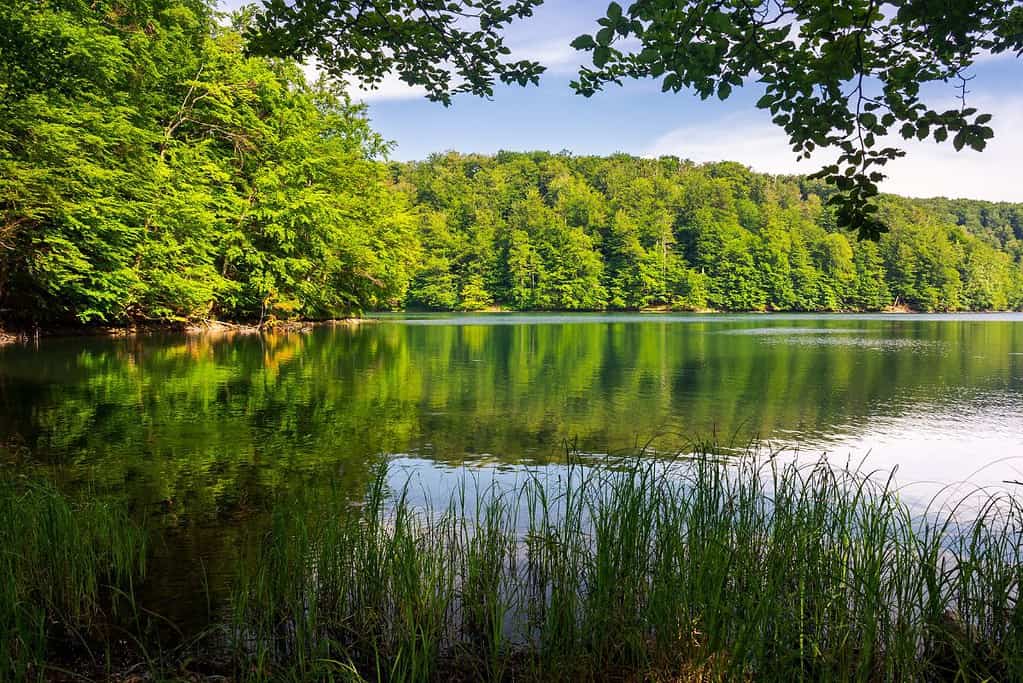
The Ancient and Primeval Beech Forests of the Carpathians and Other Regions of Europe is a series of 78 separate UNESCO World Heritage Sites located across 12 countries in Europe. These forests are home to some of the world’s most pristine and untouched beech tree ecosystems and are considered a prime example of the ecological processes that have shaped Europe’s forests over the last 10,000 years. The forests are also home to a wide variety of rare and endangered animal and plant species, making them of significant ecological importance.
Belgium UNESCO tentative list
- Le noyau historique médiéval ou la ‘Cuve’ de Gand, et les deux abbayes qui sont à son origine
- Noyau historique d’Antwerpen -Anvers- de l’Escaut aux anciens remparts de vers 1250
- Leuven/Louvain, bâtiments universitaires, l’héritage de six siècles au sein du centre historique
- Les passages de Bruxelles / Les Galeries Royales Saint-Hubert
- L’œuvre architecturale d’Henry van de Velde
- Le Palais de Justice de Bruxelles
- Le plateau des Hautes-Fagnes
- Le tronçon Bavay-Tongres de la chaussée romaine Boulogne-Cologne situe sur le territoire de la Région wallonne
- Le palais de Princes Evêques de Liège
- Le champ de bataille de Waterloo, la fin de l’épopée napoléonienne
- Le Panorama de la Bataille de Waterloo, exemple particulièrement significatif de « Phénomène de Panoramas »
- Les citadelles mosanes
- Hoge Kempen Rural – Industrial Transition Landscape
- Sites funéraires et mémoriels de la Première Guerre mondiale (Front Ouest)
- Les sites à fossiles néandertaliens de Wallonie
- Hôpital Notre-Dame à La Rose – Lessines
Tours in Belgium
Our choices of tours in Belgium are divided into thematic features such as Brussels, Bruges, and Waterloo Experience.
